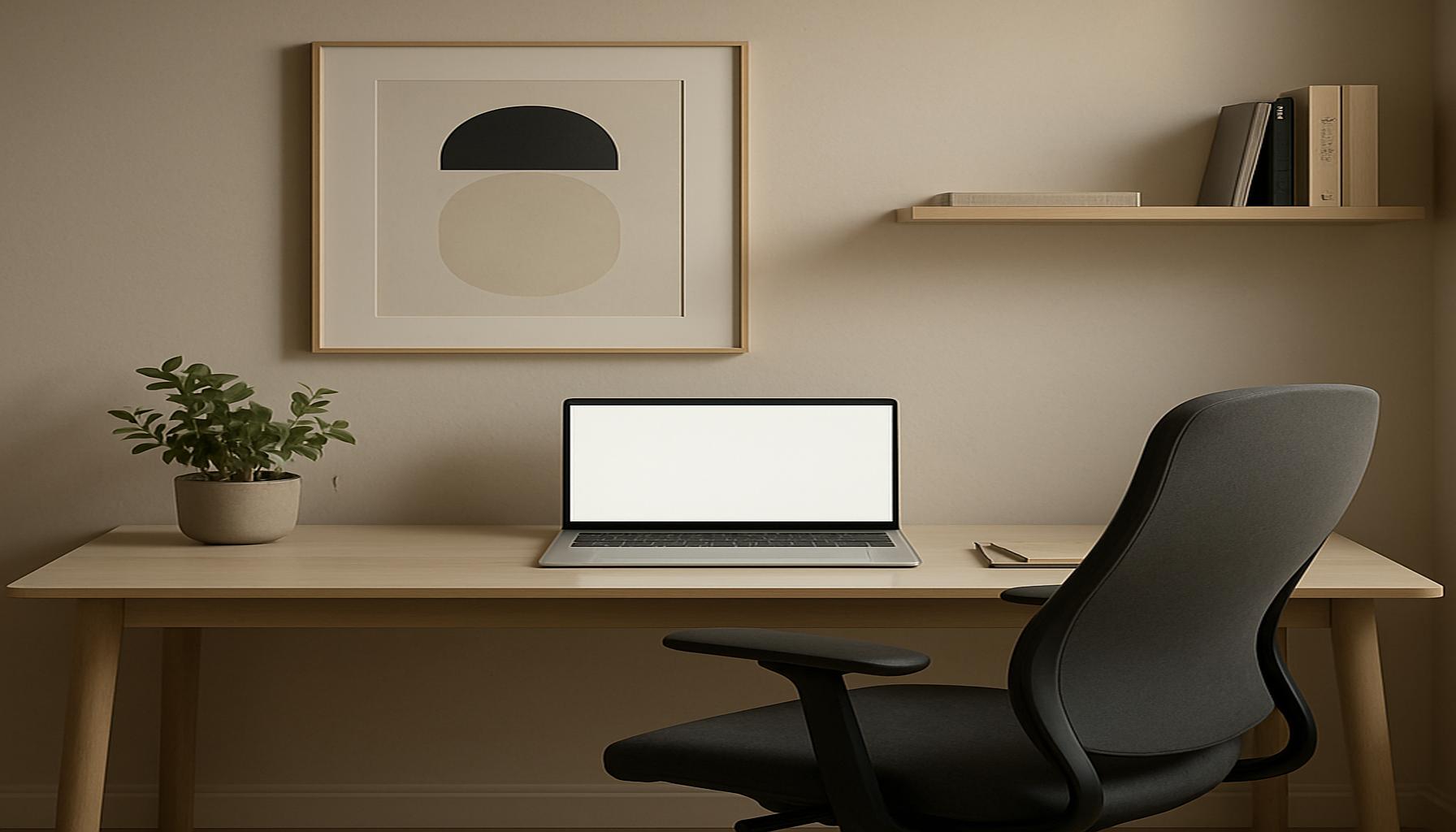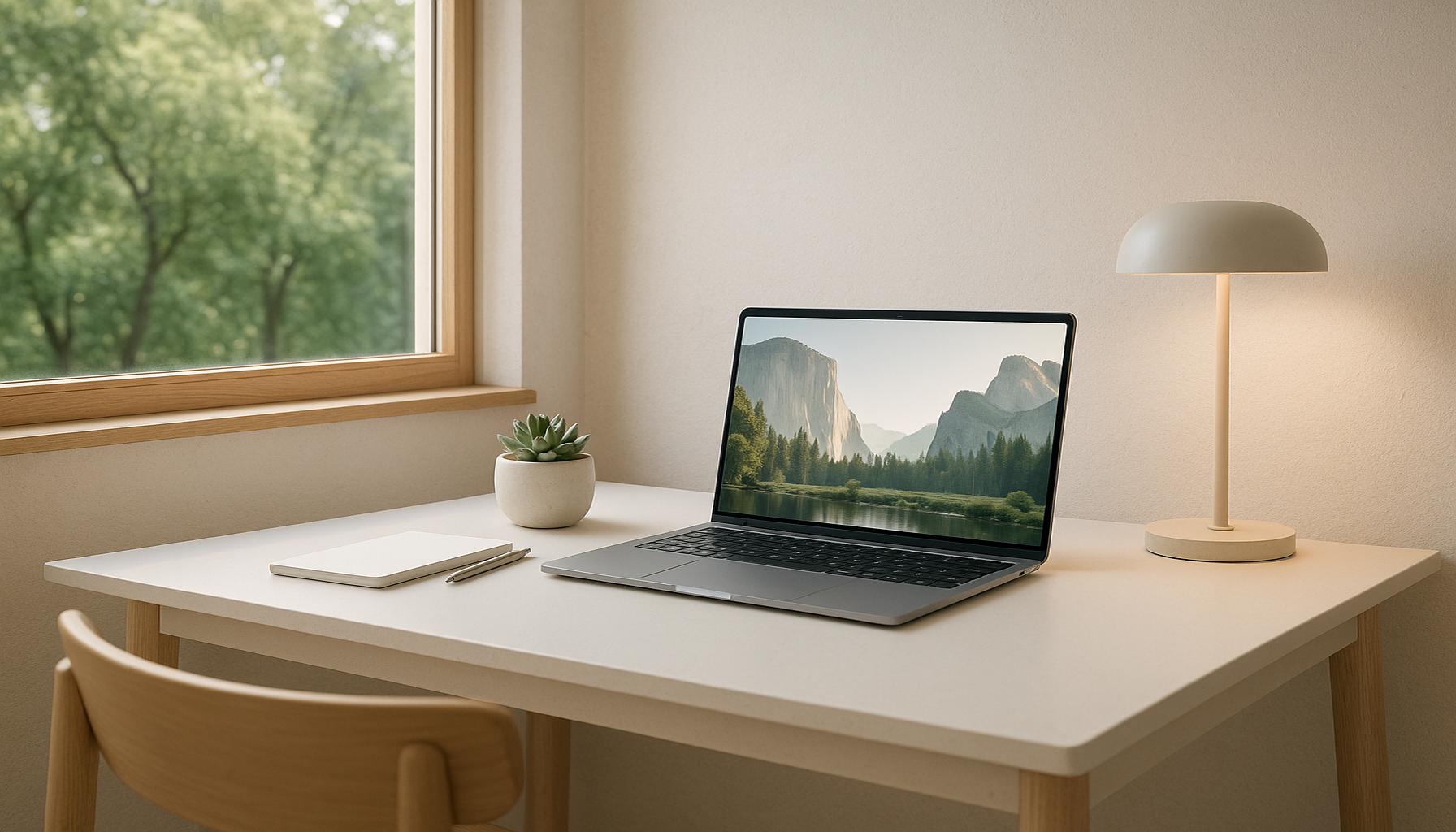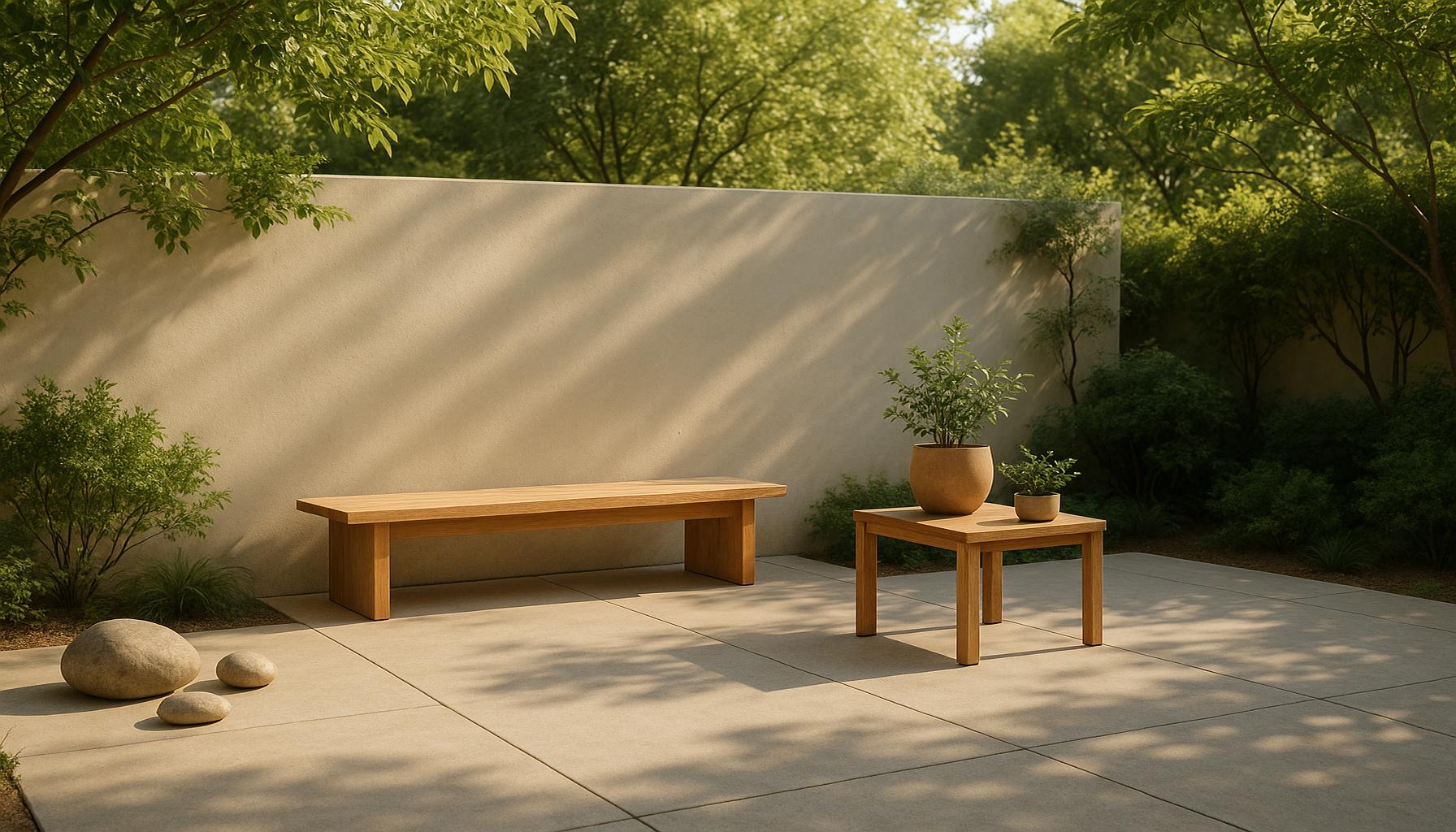Minimalism in Organizing Recreation Spaces: How to Create Environments that Stimulate Leisure and Relaxation
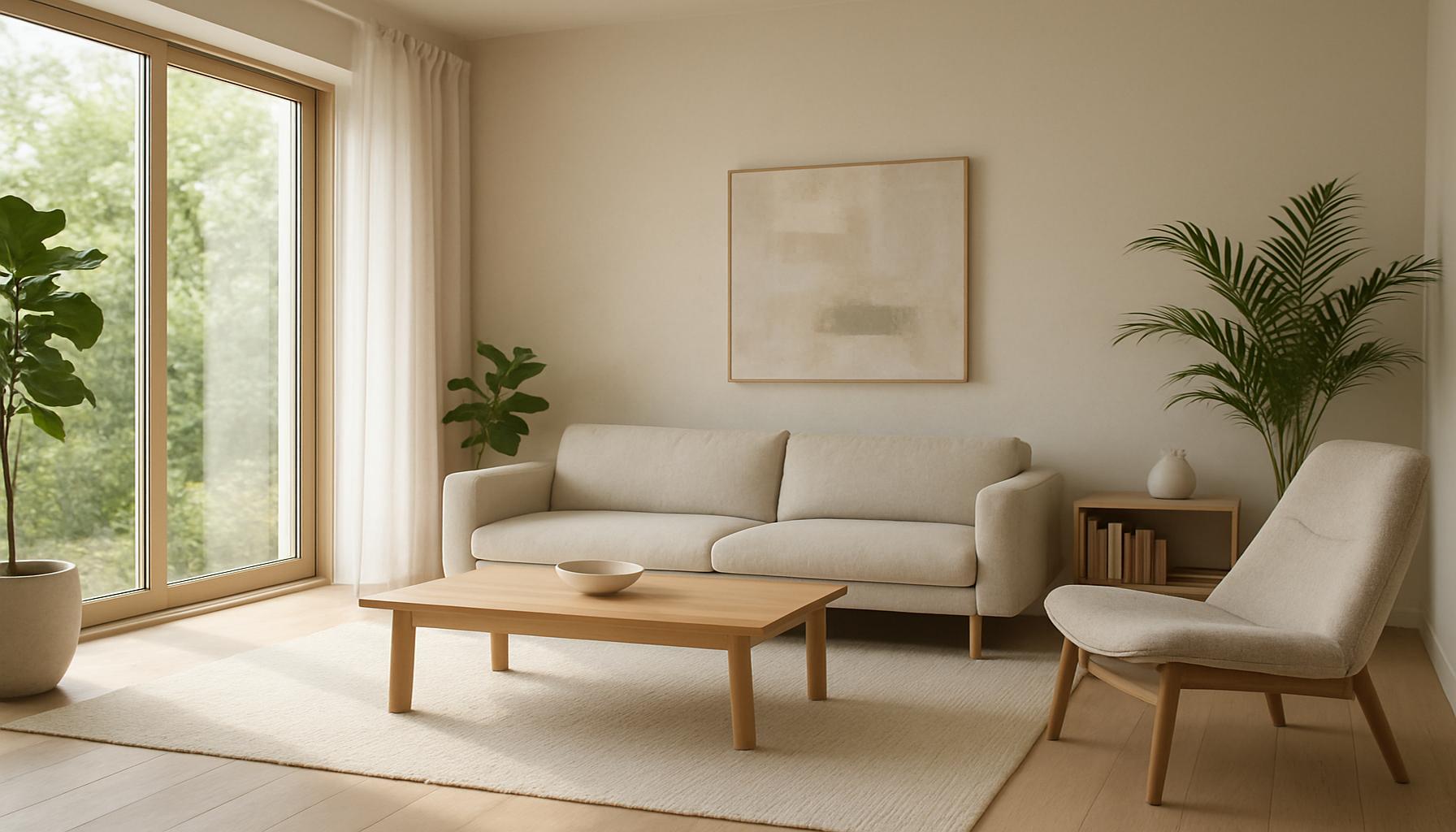
The Healing Power of Minimalist Spaces
In a society increasingly characterized by constant movement and overstimulation, the necessity for well-deserved relaxation has become paramount. Minimalism presents an invaluable methodology to craft leisure environments that foster a sense of tranquility and relaxation. By erasing excess and focusing on the fundamental elements of design, spaces can be transformed into restful retreats that elevate your overall experience during downtime.
Adopting a minimalist approach means curating spaces to highlight what genuinely matters, thus paving the way for an oasis free from distractions. A deeper dive into some essential elements can illuminate how to achieve this transformation:
- Streamlined Furniture: Opt for multifunctional pieces, such as a coffee table that doubles as storage or a sofa bed for accommodating guests. This not only maximizes space but also minimizes the need for numerous items crowding your environment, thereby reducing visual clutter.
- Neutral Palettes: Employ soft, muted hues like greys, beiges, and whites to cultivate a serene atmosphere. These colors invoke calmness and can make spaces feel more expansive. For instance, a light greige on the walls can pair beautifully with natural wood accents to enhance the peaceful vibe.
- Natural Light: Take advantage of large windows or skylights, which provide bright, natural light that can instantly uplift a room and improve mood. Views of greenery can create a direct connection with nature, further elevating your sense of relaxation.
- Open Spaces: Design with flow in mind. Removing physical barriers, such as bulky furniture, can create an inviting space where movement feels effortless. An open floor plan between the kitchen and living area encourages social interaction while maintaining a relaxed atmosphere.
- Thoughtful Decor: Limit decorative items to those that bring genuine joy or memories, such as a cherished family photograph or a unique piece of art. This practice not only declutters your space but also ensures that each item has a story, creating a personal connection.
The amalgamation of these elements significantly transforms the ambiance of any recreational space, inviting you to unwind fully and recharge. The minimalist aesthetic yields more than just visual appeal; it encourages a mindful approach to leisure activities, allowing you to engage deeply with your surroundings. For instance, reading a book becomes an immersive experience when distractions are minimized, and the environment is tailored for focus.
As you journey into the realm of minimalism, you may uncover the profound truth that sometimes, less truly is more. With simplicity at the forefront of your design choices, relaxation becomes an effortless pursuit. The very act of decluttering can be therapeutic, paving the way for mental clarity and fostering a deeper appreciation for the small joys in life.
Whether it’s creating your own personal sanctuary at home or seeking minimalism in public spaces, the impact of this design philosophy cannot be understated. The calming, intentional atmosphere offers a refreshing respite from the chaos of everyday life, reminding us all of the importance of taking a step back to breathe, reflect, and heal.
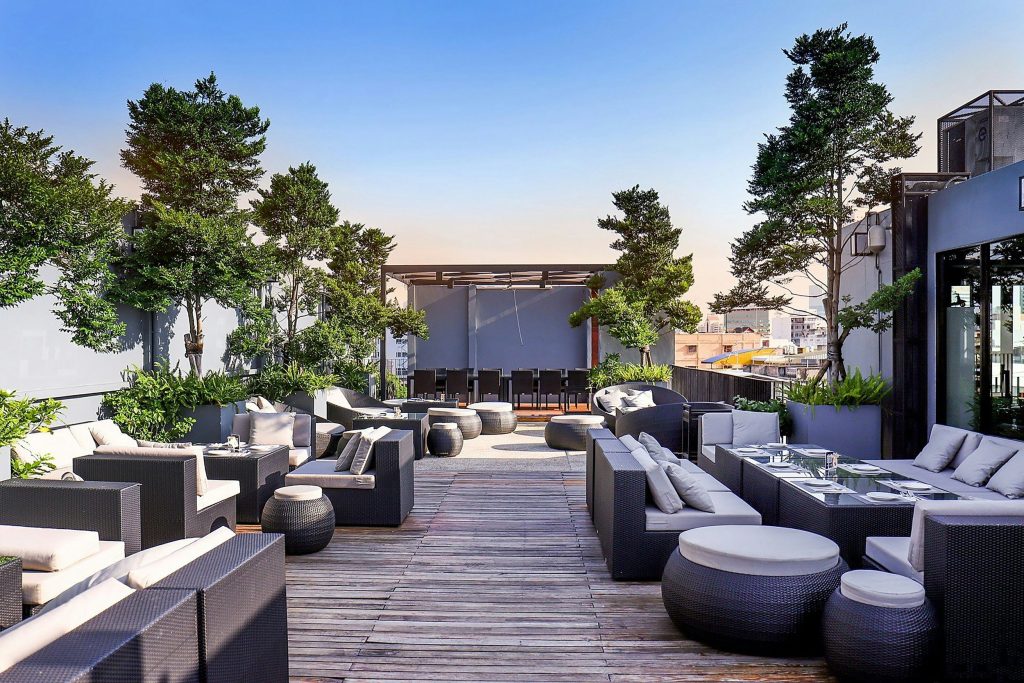
DISCOVER MORE: Click here to learn how to simplify your life
Design Principles for Minimalist Recreation Spaces
Creating minimalist recreation spaces starts with understanding the core principles that help shape an environment conducive to leisure and relaxation. These principles not only guide the selection of elements but also influence the overall ambiance of the space, fostering an atmosphere that promotes rejuvenation. Here are several guiding principles to consider when embarking on a minimalist journey:
- Functionality Over Aesthetics: A minimalist space should prioritize functionality, ensuring that every item serves a specific purpose. This means selecting furniture and decor that not only look good but also contribute to comfort and usability. For instance, a low-profile lounge chair can provide a stylish yet comfortable seating option without overwhelming the space.
- Intentional Layout: The arrangement of furniture plays a significant role in creating a welcoming environment. Use furniture to define different activity zones while maintaining openness. For example, a reading nook can be provided by pairing a small bookshelf with a cozy chair, facilitating a focused area for leisure without encroaching on the overall spaciousness of the room.
- Incorporating Nature: The connection to nature is a key component of fostering relaxation. Integrate natural elements such as indoor plants, natural wood finishes, and stone accents to create a calming atmosphere. Research suggests that even viewing plants and greenery can significantly reduce stress and enhance feelings of tranquility.
- Simplified Accessories: Choose accessories wisely, limiting them to only those that are meaningful or contribute to the tranquility of the space. Items like handmade pottery, soft textiles, or essential oil diffusers can transform a space from mundane to extraordinary. Each piece should evoke comfort, providing a sense of connection to its surroundings.
- Mindful Technology: In our digitally driven world, it is essential to mindfully incorporate technology into recreational spaces. Opt for discreet charging stations and wireless devices that blend harmoniously with the environment. A well-placed Bluetooth speaker, for example, can enhance your leisure time without heaping unnecessary clutter onto surfaces.
By consciously implementing these design principles, you can establish an environment that invites relaxation and promotes leisure activities. The essence of minimalism lies in the belief that every choice you make can serve a purpose, enhancing the experience rather than detracting from it. Think of your recreational space as a canvas— every item and arrangement should reflect joy and serenity, resulting in a haven that seamlessly supports your lifestyle.
Transitioning to a minimalist recreation space also encourages intentionality in leisure activities. The removal of distractions allows individuals to focus on what brings them joy, be it reading, meditating, or simply unwinding with a warm cup of tea. This kind of mindful engagement fosters a deeper connection to the activities we love, making every moment spent in these nurtured spaces more meaningful.
Ultimately, the aim of minimalism in recreation spaces is to create environments that are not just aesthetically pleasing but also functional and healing. Through thoughtful design, these spaces can become sanctuaries where individuals can disconnect from the outside world, recharge their minds, and rejuvenate their spirits.
Embracing Minimalism: Key Elements for Recreation Spaces
To master the art of minimalism in recreation spaces, one must focus on several core principles that seamlessly blend aesthetics and functionality. By stripping away the unnecessary, we allow for creativity and relaxation to flourish.
| Advantage | Description |
|---|---|
| Enhanced Focus | A minimalist environment reduces distractions, allowing individuals to concentrate on their leisure activities more effectively. |
| Promotes Relaxation | By keeping spaces uncluttered, minimalism fosters a calming atmosphere that significantly contributes to mental well-being and stress relief. |
Incorporating natural elements is another key aspect of achieving minimalism in recreation spaces. Indoor plants not only beautify a space but also improve air quality, reinforcing a connection to the outdoors. Additionally, choosing a neutral color palette can create a serene backdrop, inviting moments of relaxation amidst daily chaos.
When selecting furniture, opt for multi-functional pieces that serve multiple purposes while maintaining a sleek appearance. This not only conserves space but also enhances the room’s overall aesthetic. Moreover, utilizing smart storage solutions can help keep items organized and easily accessible, ensuring that your leisure space remains clutter-free.
Ultimately, the essence of minimalism in recreation spaces lies in the balance between simplicity and practicality. As you design or reorganize your environment, consider how each element contributes to the overall aim of stimulating leisure and relaxation.
DISCOVER: Click here to dive deeper
Creating Atmospheres That Encourage Leisure
Establishing a minimalist recreation space is about more than just the tangible elements within it; it also involves creating an atmosphere that invokes peace, calm, and leisure. The relationships between light, color, and texture can dramatically affect our emotional states and how we experience our surroundings. To craft an environment that is both inviting and relaxing, consider the following strategies:
- Natural Light: One of the most significant contributors to a serene environment is the incorporation of natural light. Large windows, skylights, or glass doors can bring the outside in, fostering a sense of connection with nature. Research indicates that exposure to natural light can boost mood and enhance productivity. When designing a recreational area, consider a layout that maximizes sunlight exposure, creating an uplifting atmosphere for leisure activities.
- Colors and Fabrics: The color palette selected for your space can have profound effects on mood and behavior. Soft, neutral colors such as beige, light grays, and pastel shades create a tranquil backdrop. These hues not only enhance the minimalist aesthetic but also encourage relaxation. Pair these with breathable, soft fabrics like cotton or linen to add texture without overwhelming the senses. Incorporating textiles that are easy on the eyes and touch can evoke comfort, urging you to sink into your leisure activities.
- Sound and Aroma: Engaging the senses extends beyond visual elements. The incorporation of calming sounds, such as gentle music or nature sounds, can significantly improve the recreational experience. A discreet speaker system, integrated seamlessly into the design, allows you to enjoy these soothing backgrounds without clutter. Additionally, consider incorporating scents that promote relaxation, such as lavender or eucalyptus, through essential oil diffusers. Subtle fragrances can enhance your environment and contribute to an overall feeling of well-being.
- Storage Solutions: A minimalist recreation space must also address the need for organization and cleanliness. Hidden storage solutions not only declutter the visual aspect of a space but also create a seamless backdrop for relaxation. For example, built-in cabinetry can store games, crafting supplies, or leisure materials out of sight, preserving the tranquil atmosphere. Customized storage also provides a sense of order, allowing for easy access to items while maintaining a serene aesthetic.
- Personal Touches: While minimalism emphasizes simplicity, incorporating personal touches that resonate with your sense of leisure can elevate the experience. Items such as framed photos, travel souvenirs, or artwork can be curated to maintain minimalistic principles while still making the space feel unique and welcoming. The key lies in selectively choosing pieces that serve a sentimental purpose, preventing overcrowding and ensuring each item contributes to the overall ambiance.
Cultivating a minimalist recreation space is an evolution that actively promotes relaxation and enjoyable leisure activities. By considering how light, color, sound, and personal items interact within your environment, you can engineer a comprehensive experience where leisure becomes a natural part of daily life. Each aspect of the design decision becomes a thread in the fabric of a sanctuary—a retreat that nurtures mental health and encourages deeper connections to the activities you love.
Additionally, embracing minimalism can lead to a rediscovery of hobbies that may have been overshadowed by a busy lifestyle. With fewer distractions, individuals may find renewed joy in activities such as yoga, painting, or simple outdoor meditations. These moments in thoughtfully designed spaces not only enhance leisure quality but also create shared experiences with family and friends, allowing deeper connections to be nurtured.
DISCOVER MORE: Click here to transform your workspace
Conclusion
In a world dominated by distractions and clutter, minimalism in organizing recreation spaces emerges as a beacon of tranquility, encouraging individuals to embrace leisure and relaxation wholly. The blend of natural light, carefully curated colors, and sensory elements creates an atmosphere that fosters well-being and rejuvenation. By focusing on the cohesive interplay of visual and sensory cues, minimalist design transforms spaces into sanctuaries where recreational activities thrive.
Moreover, the importance of functional aesthetics cannot be overstated. Innovative storage solutions ensure that these environments remain uncluttered, preserving serenity and peace. Personal touches, carefully selected to reflect sentimental value, add warmth without compromising minimalism, reminding us that less can indeed be more when it comes to personal expression. This intentionality in design can inspire individuals to reconnect with lost hobbies or explore new activities, promoting mental health through the joy of engagement.
As we contemplate our recreational spaces, let us be guided by the principles of minimalism to build environments that not only stimulate leisure but also invite a deeper connection to ourselves and those we hold dear. In cultivating such serene spaces, we can reclaim our free time as dedicated moments of joy, exploration, and relaxation, ultimately enhancing the quality of our lives. So, take a step back, reassess your recreational environment, and embrace the minimalist ethos to create a personal sanctuary that nurtures your spirit and promotes harmonious leisure.
